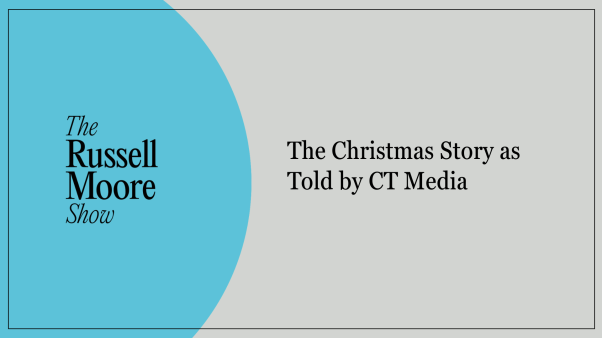All John Trever intended to do was to study and photograph the plants of the Holy Land.
But a telephone call on February 18, 1948, changed the young Methodist scholar’s life—and the course of biblical studies—forever. The next day Butrus Sowmy of St. Mark’s Syrian Orthodox Monastery in Jerusalem brought Trever a scroll that the monastery had acquired. Could he identify the manuscript and determine its age?
“Laying the heavy document on my bed, slowly I began to open it. A sheet of leather, containing two columns of text, had become detached from the rest of the document. The linen thread used to bind the sheets together had disintegrated. On the left edge the text was badly blurred by someone who had attempted to re-ink many letters which had been worn away by handling. Obviously this was the end of the scroll. It had been rolled backwards, with the last column on the outside. I continued to unroll another six to eight columns.
“Here was not what I had expected! The script was puzzling to eyes more accustomed to Kittel’s Biblia Hebraica in modern printed Hebrew and a few relatively modern Torah and Esther scrolls. I had expected the identification to be easy, but this scroll was different. It fired my imagination. …
“The form of the script was intriguing, and it was soon apparent that it was the only clue for dating the document. … I went over to my desk and found a box of 2″ x 2″ color slides on the history of the Bible text, and began to thumb through the section on the Hebrew text. . . . The British Museum Torah Codex, I recalled, had been considered one of the oldest extant Hebrew Bible manuscripts. A mere glance at the photograph of it in my magnifier was convincing enough that the manuscript on my bed belonged to a different category and age.” Further study convinced Trever that the scroll probably dated to the first or second century B.C. “My heart began to pound,” he wrote.
Trever copied a few lines from the scroll. Later, he encountered a surprise while checking some of the words in a Hebrew concordance to the Old Testament.
“The next reference showed two occurrences in Isaiah 65:1. With growing expectancy, I hastily turned to it. There word for word, and almost letter for letter, was exactly what I had copied from the manuscript! It was a scroll of Isaiah, without a doubt!” A complete scroll of Isaiah dating from the last centuries prior to the birth of Jesus seemed too good to be true. That would make it a thousand years older than any other Hebrew manuscript of the Old Testament currently known.
Over the next eight years, 11 caves along the northwest shore of the Dead Sea would yield more than 800 manuscripts, about a quarter of them copies of Old Testament books. Others would include a vast array of stories about Old Testament figures, hymns and psalms, wisdom poems, biblical commentaries, and books outlining the distinctive practices and beliefs of a Jewish sect that existed prior to, and contemporary with, Jesus. But Trever knew none of that at the time. After photographing the scroll, he sent a set of prints to the eminent American archaeologist William Foxwell Albright.
On March 8, Albright air-mailed this response: “I repeat that in my opinion you have made the greatest MS [manuscript] discovery of modern times—certainly the greatest biblical manuscript find. … What an absolutely incredible find!”
The saga of the Dead Sea Scrolls had begun.
Not bad for a plant enthusiast.
Quotations from John C. Trever, The Dead Sea Scrolls: A Personal Account (rev. ed.; Upland, CA: Upland Commercial Printers, 1977). Used with permission.
Reproduced with permission from Gorgias Press (www.gorgiaspress.com).
Copyright © 2005 by the author or Christianity Today/Christian History & Biography magazine.Click here for reprint information on Christian History & Biography.










